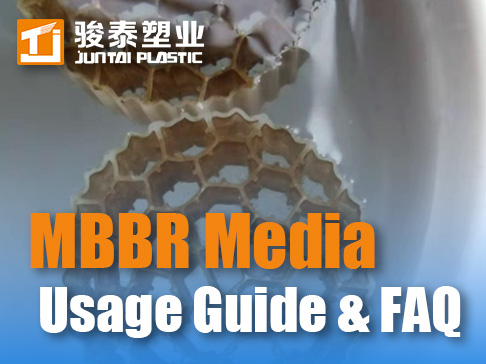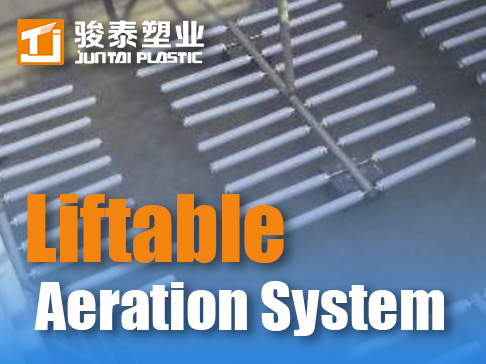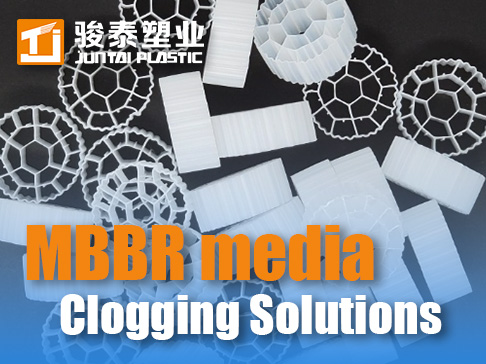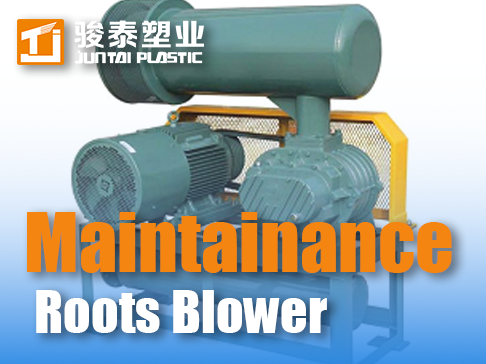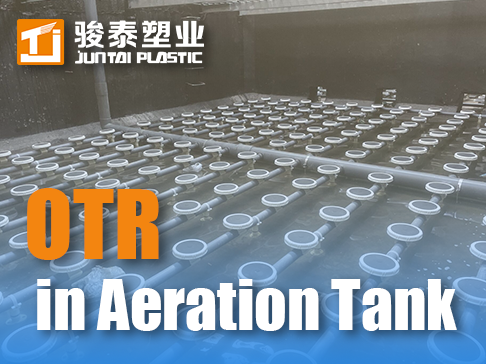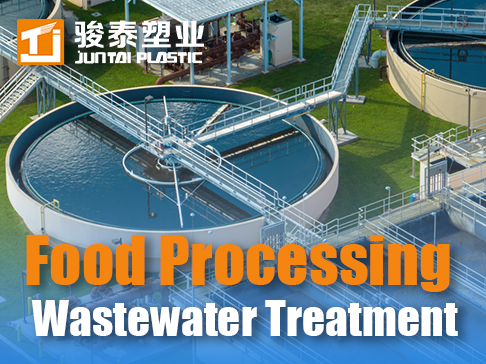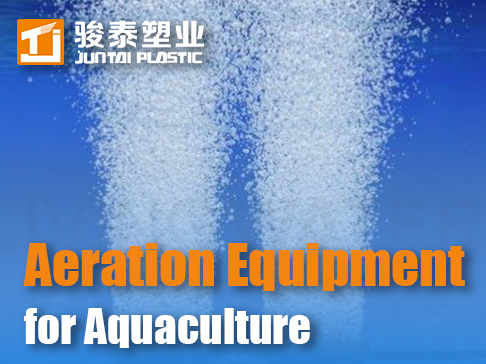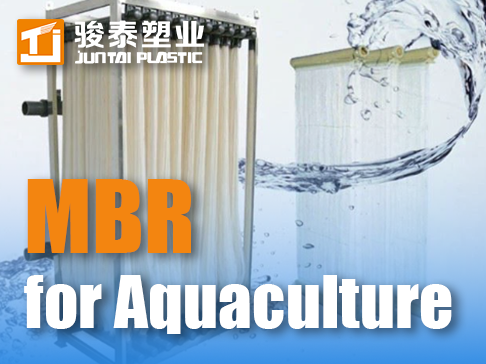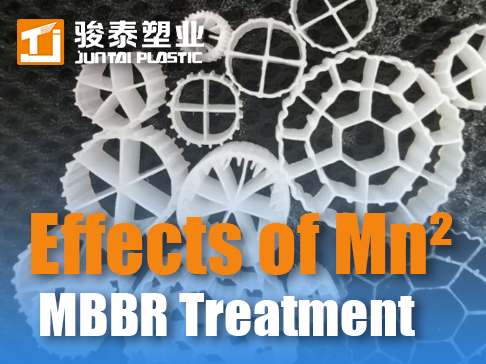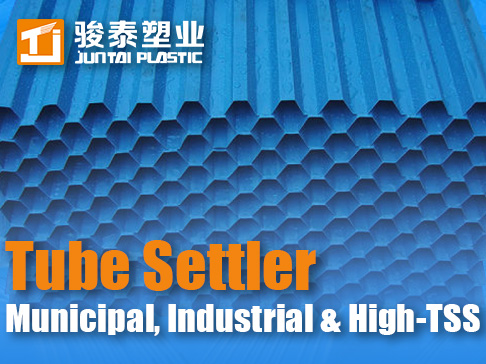 +86 13600513715
+86 13600513715 MBBR Technology Selection Guide: Effective Solutions for Media Accumulation and Clogging
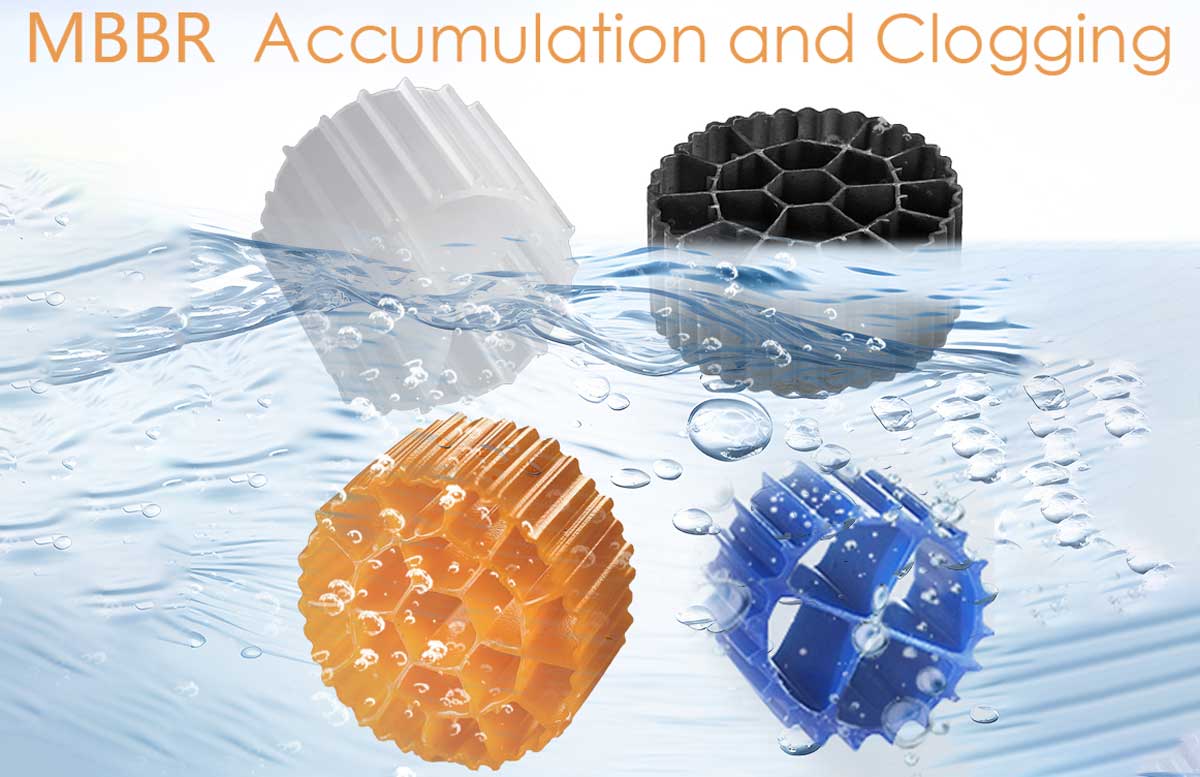
As wastewater discharge regulations become increasingly stringent, there is a growing need for effective methods to remove organic pollutants and nutrients from wastewater. Among various technologies, the Moving Bed Biofilm Reactor (MBBR) has gained significant attention due to its efficiency compared to traditional activated sludge and fixed biofilm processes. Mbbr Technology has been extensively researched and has shown promising results in real-world applications. This technology has proven to reduce the size of wastewater treatment systems, facilitate upgrades to existing infrastructure, and offer high treatment performance. MBBR-based plants are now operating in regions such as Europe, the United States, Japan, New Zealand, and China.
How to Choose MBBR Technology
1.Mbbr Media with High Biofilm Adhesion Properties
For effective biofilm formation, MBBR media must have a rough surface texture, promoting the retention of organic materials and fostering microbial growth. It should also exhibit hydrophilic characteristics to encourage the attachment of hydrophilic microorganisms. Additionally, MBBR media with electrostatic attraction capabilities can facilitate microbial adhesion, as microbes typically have a negative charge and positively charged media attract them.
2.MBBR Media with Optimal Hydraulic Performance
MBBR media should have a density close to that of water to ensure easy movement within the system with the flow of water. A large surface area is essential to maintain high concentrations of microbial biomass. Furthermore, the media design—its shape and size—should support favorable flow dynamics, ensuring efficient treatment performance.
3.MBBR Media with Sufficient Mechanical Strength and Durability
The MBBR media must be durable enough to withstand wear and tear over time, with resistance to biological degradation. It should be chemically inert and resistant to corrosion, especially in secondary wastewater treatment environments.
4.Cost-Effective and Transport-Friendly MBBR Media
The cost of MBBR media contributes significantly to the overall construction expenses of a treatment system. Selecting media that is both affordable and easy to transport to the installation site is essential to keep operational costs down while maintaining high efficiency.
MBBR Media Accumulation and Clogging Issues
To prevent the loss of MBBR media, small-mesh grids are typically installed at strategic points in the treatment system. However, this setup can increase the risk of clogging. The accumulation of sludge and MBBR media can obstruct normal water flow, causing water levels to rise and eventually overflow. Once the grids become blocked, the MBBR media can flow into subsequent pipes, leading to blockages in sludge return pipes, mixed liquor return pipes, and sedimentation tank pipes. This can bring the entire system to a standstill, often resulting in severe operational disruptions.
1.Causes of MBBR Media Accumulation
●Excessive Flow Velocity: High flow velocities can cause MBBR media to move excessively within the reactor, leading to accumulation. Maintaining an optimal flow velocity ensures even distribution of MBBR media, preventing localized buildup.
●Thick Biofilm Formation: Biofilm buildup on the surface of MBBR media is essential for organic matter treatment. However, when biofilms become too thick, they can cause the media to clump together, resulting in accumulation. Routine cleaning and maintenance can help control biofilm thickness.
●Overloading of MBBR Media: An excess of MBBR media beyond the reactor's designed capacity can cause media buildup. Ensuring proper media loading will maintain adequate spacing between media, allowing for effective water flow.
●Improper Inlet or Outlet Design: Poorly designed inlets or outlets can lead to uneven flow distribution within the reactor, causing MBBR media to accumulate in certain areas.
2.Measures to Address MBBR Clogging
●Aeration or Backflushing Devices: Installing aeration systems at grid locations can help prevent blockages by dislodging suspended solids or MBBR media. Backflushing devices can also be installed at mixed liquor return locations to prevent clogging. If these devices were not initially included in the design, manual backflushing can be performed as needed. Although manual intervention can be inconvenient, it remains an effective solution. Additionally, automatic cleaning systems can help minimize the occurrence of blockages.
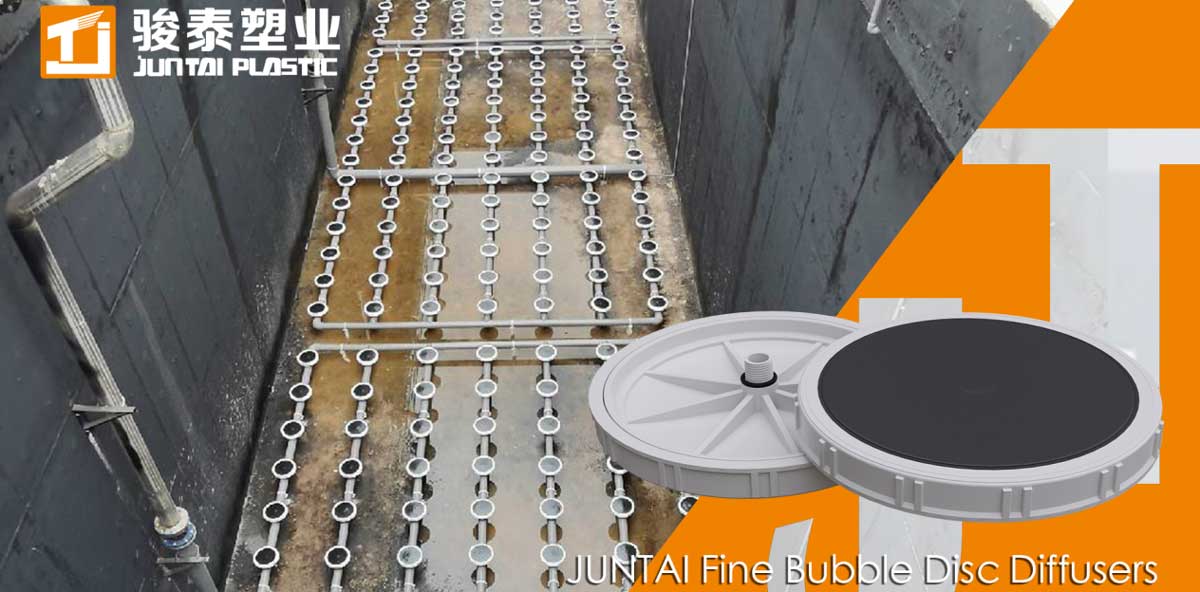
●Grid Barriers: Installing mesh barriers around MBBR media prevents media loss even during blockages. This solution avoids the entry of media into pipes and prevents subsequent pipe blockages. Once the grids are cleared, the system can resume normal operation quickly.
●Level Sensors: High-level sensors installed in the tanks can halt inflow when a blockage causes the water level to rise. This prevents overflow and loss of MBBR media, reducing the risk of pipe blockages. After manual removal of the blockages, the system can resume functioning immediately.
These solutions, while preventing the loss of MBBR media and reducing pipe blockages, do not fundamentally address the root cause of grid blockages. Combining aeration, backflushing, and automatic cleaning devices with grid barriers and level sensors ensures a fail-safe system that is less prone to clogging.
In practice, non-uniform fluidization of MBBR media often leads to accumulation. To address this, optimizing the reactor design and hydraulic features, as well as improving aeration pipeline layouts, is crucial for achieving uniform fluidization while minimizing energy consumption.
3.Maintaining MBBR Media in a Fluidized State
●Evenly distribute the aeration system at the reactor bottom, adding extra aeration heads in corners and edges to reduce stagnant areas.
●Slightly increase the volume of MBBR media. In addition to the theoretical amount, add the volume of media accumulated during operation to ensure that the total suspended carriers match the theoretical design values.
●Avoid adding propellers in accumulation-prone areas.
Recent research suggests incorporating baffle plates in MBBR systems to induce circulation of the media. This improvement enhances the reactor’s hydraulic and aeration performance, allowing it to operate with a smaller air volume, leading to energy savings and improved reactor efficiency. The reactor's structural design, including sloped bottom corners, plays a significant role in preventing media accumulation.




